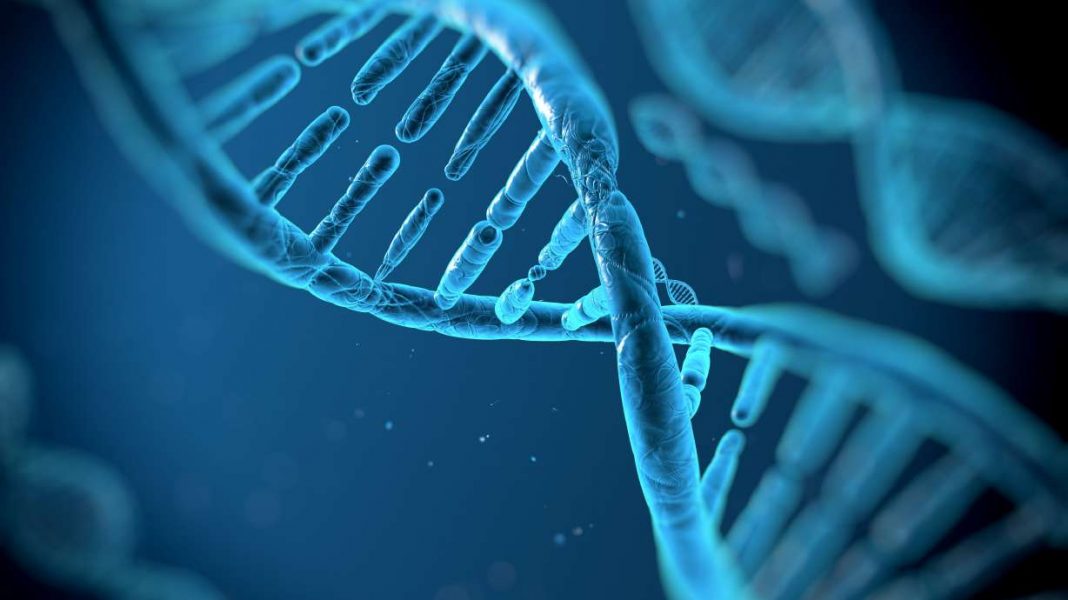SALT LAKE CITY — The bones and teeth of nearly 5,000 humans who lived in Western Europe and Asia thousands of years ago may offer clues to why multiple sclerosis is more common among those with northern European ancestry.
According to a recent study, the genetic legacy of horseback-riding cattle herders who swept into the region about 5,000 years ago may be linked to the prevalence of multiple sclerosis among people of northern European descent.
An international team of 175 scientists, led by researchers at the University of Cambridge, the University of Copenhagen, and the University of California, Berkeley, created what a Cambridge news release calls ”the world’s largest ancient human gene bank,” using the remains, which date back as many as 34,000 years.
They sequenced the DNA and compared it to modern samples from the U.K. Biobank, “mapping the historical spread of genes — and diseases — over time as populations migrated,” the release said.
They gathered their results in four papers published Thursday in the journal Nature. In an article about the research papers on Nature.com, Sara Reardon writes that the 1,600-plus genomes in the data connected to multiple sclerosis suggest that many characteristics, including the heightened health risk, “were carried to Europe by people who migrated to the continent in three distinct waves starting about 45,000 years ago.”
When Bronze Age people called the Yamnaya left the steppes of what are modern-day Russia and Ukraine, migrating into northwestern Europe, they carried gene variants now known to increase the risk of having multiple sclerosis. It’s believed that those genes, linked to a very busy immune system, were protective at the time, helping the herders avoid infections carried by the animals they were herding, the researchers concluded.
In what is now Denmark, the Yamnaya rapidly replaced ancient farmers, making them the closest ancestors of modern Danes, said Eske Willerslev, a geneticist with expertise in molecular anthropology, paleontology, and ecology from both Cambridge and Copenhagen universities, who is one of the research team’s leaders.
“MS rates are particularly high in Scandinavian countries,” according to NBC News.
CNN quoted Rasmus Nielsen, another project leader, who is a geneticist and professor of integrative biology at UC Berkeley: “What’s remarkable about this dataset is that now we can actually see what happened in the past; we can actually see what are the genetic variants that changed in frequency in the past due to natural selection. And that allows us this very, very fine-grained picture.”
“These results astounded us all. They provide a huge leap forward in our understanding of the evolution of MS and other autoimmune diseases,” William Barrie, a postdoctoral researcher in the University of Cambridge’s zoology department and co-author of one of the papers, said in a statement. “Showing how the lifestyles of our ancestors impacted modern disease risk just highlights how much we are the recipients of ancient immune systems in a modern world.”
What is multiple sclerosis ?
Johns Hopkins Medicine explains multiple sclerosis as a chronic disease of the central nervous system caused when “the body attacks itself by mistake.” The impact on people with the condition varies a lot, from mild to debilitating.
Symptoms can include blurred or double vision, trouble walking, weakened muscles in the arms and legs, fatigue, feelings of pain, numbness or “pins and needles,” degrees of paralysis and involuntary movement, among others. The disease can also impact concentration, memory, and judgment.
Per the Nature.com article, “Today, multiple sclerosis is a devastating disease caused by an overactive immune system attacking the nervous system. But that super-powered immune system, or genetic variants associated with it, could have helped ancient people to survive plagues and common pathogens,” Willerslev said. “That’s the best explanation we can come up with.”
Experts note that the risks are modulated by the environment. “For most traits, MS included, the genetic effects are the result of multiple genetic variants,” Tony Capra, an associate professor of epidemiology and biostatistics in the Bakar Computational Health Sciences Institute at the University of California, San Francisco, told CNN. He was not part of the research team.
“Ultimately, we can’t say that MS came from Bronze Age populations, but these populations’ movements and environments contribute to differences in MS risk today,” he said.
The researchers also mapped the origins of the APOE4 genetic variant that increases the risk of Alzheimer’s disease, tracing roots to hunter-gatherer populations that used to live in prehistoric Europe, according to one of the studies. They found DNA from hunter-gatherers is more common in northeastern Europe, leading them to conclude that the region is tied to a higher risk of that neurocognitive disease.
The researchers hope in the future to study the genetic markers of autism, ADHD, schizophrenia, bipolar disorder, and depression.




Disagree, improper grammar:
its just a theory anyways